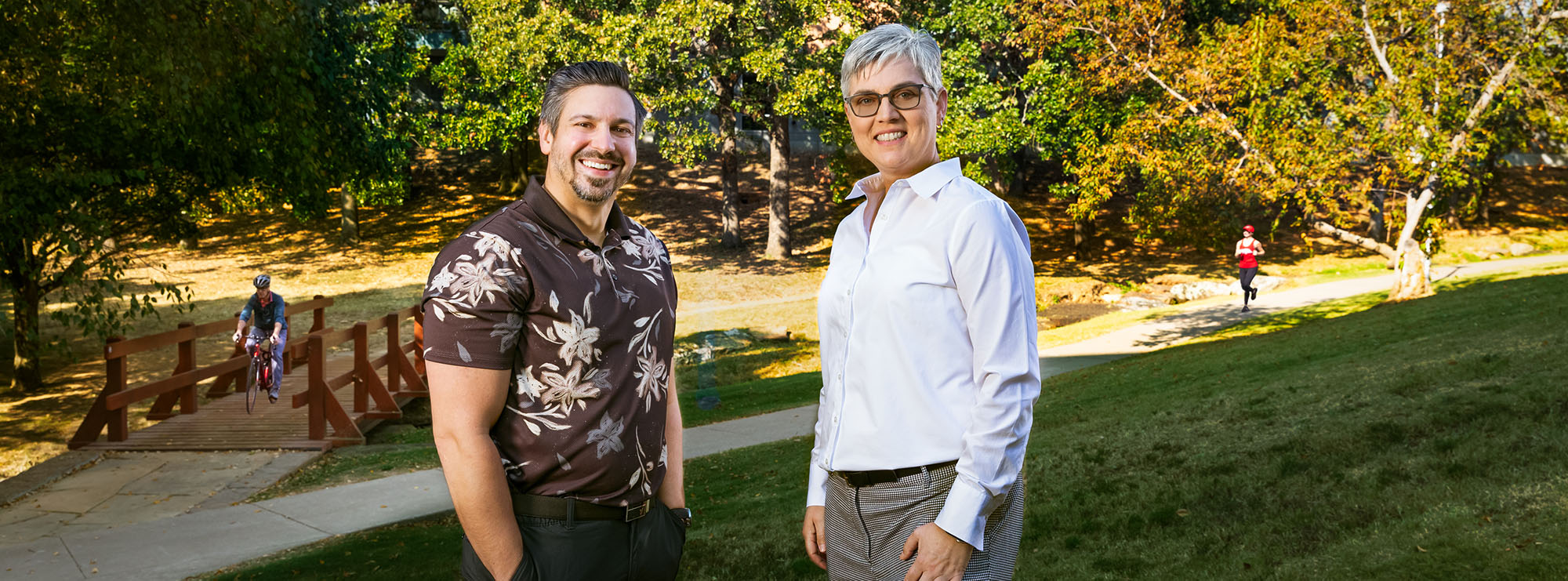
HEALTHIER LONGER
Two university researchers tackle the inevitable prospect
of aging and how to be
healthier longer.
The search for the mythical Fountain of Youth has been recounted in tales for thousands of years, and it’s easy to understand why. Aging affects us all and is essentially inescapable. Humans have long yearned for solutions to address the passage of time and the physical and cognitive debilitation that comes with aging.
Two researchers from the University of Arkansas are on their own quests to provide answers.
Kevin Murach and Michelle Gray, both with the Department of Health, Human Performance and Recreation in the College of Education and Health Professions, study the effects of aging on the body – from cognitive changes in the brain to physical changes in muscles. And while their research doesn’t include the stuff of mythical fountains, it does offer adults real solutions for extending their quality of life.
ATTACKING AGING
Murach soberly reminds us that aging is the number one risk factor for the majority of things that kill everybody, like cancer and heart disease. “At the end of the day, we don’t know how to solve aging,” he says. “However, if we can slow down the aging process, we can reduce the incidence of diseases, as well as the public health burden by attacking aging as opposed to attacking the diseases.”
He admits that lifespan isn’t what drives his research – it’s an interest in increasing the amount of life in a healthy state, or “healthspan,” rather than lifespan. “What’s the greatest benefit and impact I can have on society through my research?” he says. “Aging seems like a pretty obvious target.”
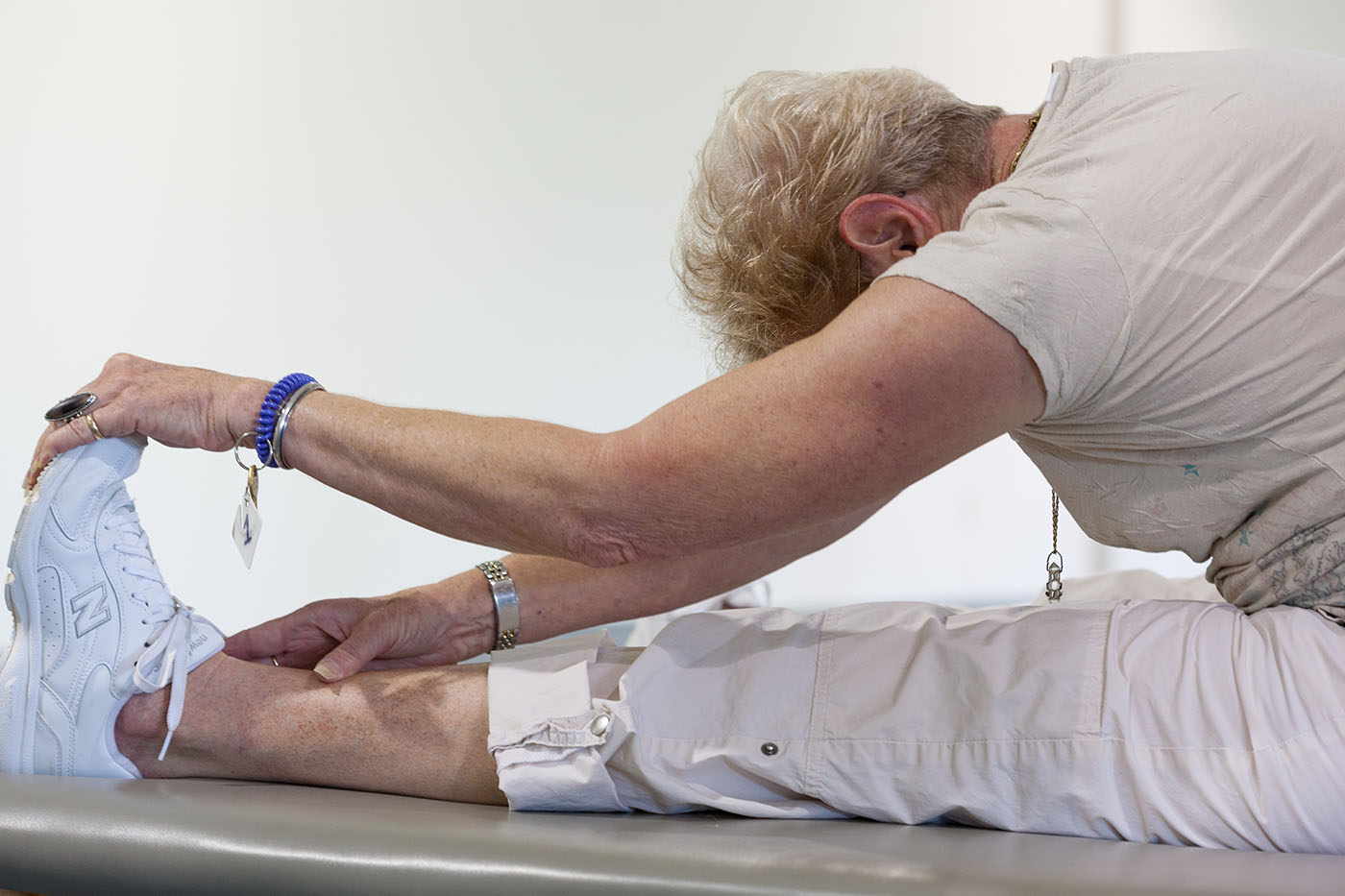
Skeletal muscles, which help us move around, deteriorate, explains Murach. “They become less functional, making it harder to perform your activities of daily living and creating a variety of problems that contribute to this higher risk factor for other things that ultimately lead to death, hospitalization or poor quality of life.”
His research centers around understanding how the aging process affects skeletal muscle and how to offset that, so adults can be stronger, more functional and live a higher quality of life.
The loss of muscle mass as aging progresses is called age-related sarcopenia.
Because of this, maintaining a level of physical activity is essential as adults age.
“We know that exercise, at any point in your lifespan, has myriad benefits and we wanted to drill down into something called epigenetics, which is essentially how gene expression is controlled,” Murach explains. “We have these different genes in our DNA and how they actually get expressed – or turned on or off – is condition dependent.”
Hear Kevin Murach explain the rejuvenating effects of exercise in this Short Talks From the Hill podcast.
MUSCLE MEMORY
Murach studies human bioenergetics, something he describes as “trying to understand human performance – whether that’s exercise performance or performance with aging.” In essence, it’s studying muscle mass regulation and how to improve muscle performance.
His fascination with muscles – and their biology – started as a recreational interest and turned into an intellectual passion. Murach was an athlete growing up, and he realized he enjoyed learning how muscles adapt to different types of stimuli – whether from lifting weights or playing soccer or basketball. “The biological processes that happen in the muscle are what captured my imagination,” he says.
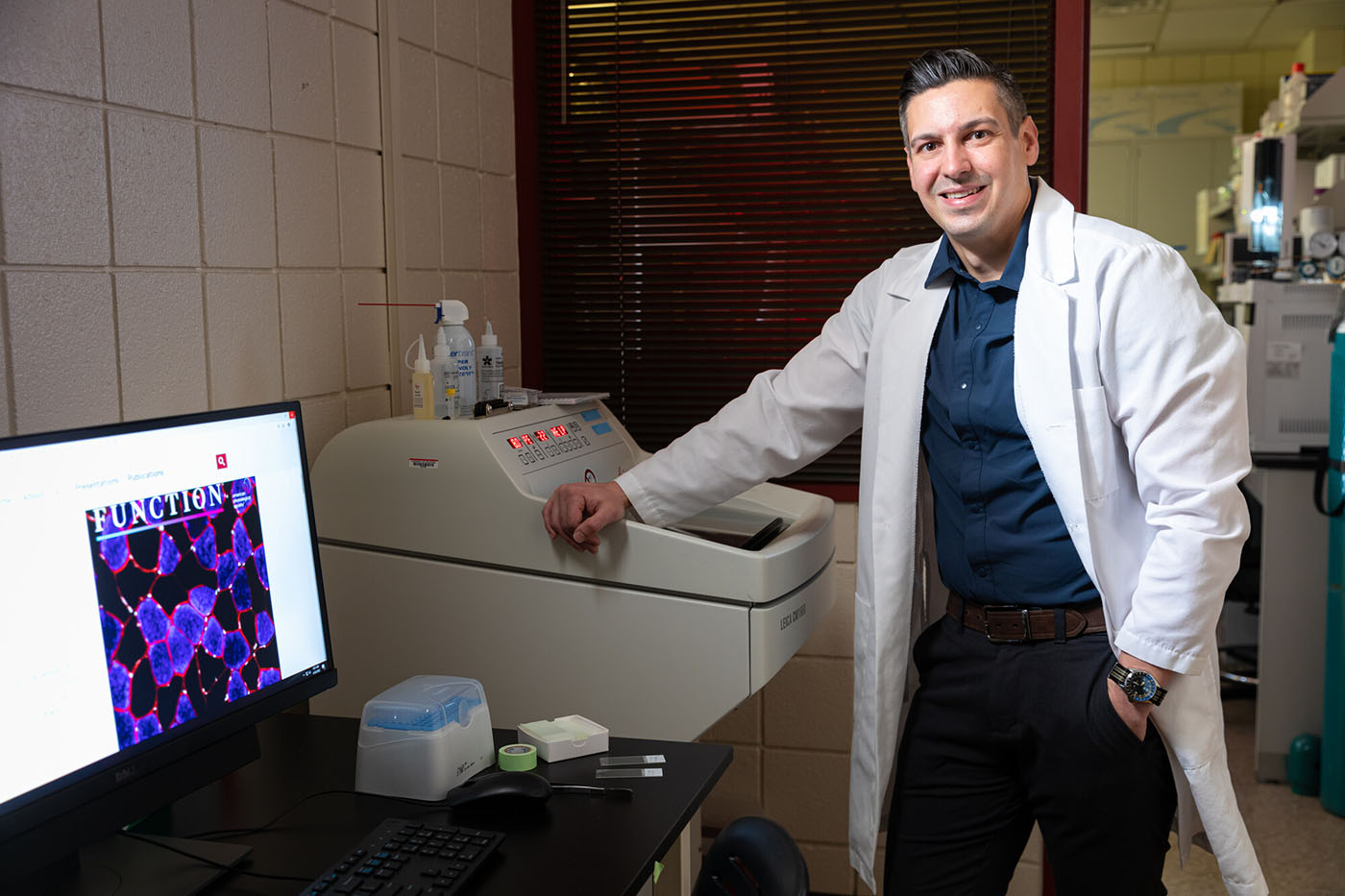
Murach did his postdoctoral work at the University of Kentucky Center for Muscle Biology and later collaborated on research to uncover the rejuvenating effects of exercise. Chris Fry of the University of Kentucky, who worked with him on this project, says Murach’s work has refined our understanding of how muscles maintain a ‘memory’ of past exercise training.
“His research has provided exciting opportunities to test new concepts and therapies to maintain physical function and strength as we age and following periods where we have not participated in exercise,” Fry says. “In addition, his aging research has revealed the degree that exercise can shift the ‘age’ of our DNA as we get older. Kevin’s work provides more evidence for the benefits of exercise during the aging process, giving rise to a more ‘youthful’ appearance of our muscle DNA.”
 In August 2023, Murach and fellow researchers at the U of A were awarded over $2.5
million from the National Institutes of Health to support investigations into the
ways exercise can mitigate the decline of tissue function with aging.
In August 2023, Murach and fellow researchers at the U of A were awarded over $2.5
million from the National Institutes of Health to support investigations into the
ways exercise can mitigate the decline of tissue function with aging.
What Murach, Fry and their fellow collaborators found was that the “aging clock,” specifically for skeletal muscle, could be turned back by exercising later in life, and an epigenetic muscle “memory” may come into play when cells in your muscles remember previous exposures to things like exercise.
Murach explains, “If you exercised when you were younger but then stopped, it’s the idea that there’s a molecular memory in your muscle cells that would allow you to readapt to exercise more quickly and get you back to where you were faster. Just because you stop doesn’t mean you’re doomed.”
FUNCTIONAL FITNESS
The idea of muscular power may conjure images of bodybuilders or football players, but Michelle Gray has something else in mind. “Muscular power is just as important for you and me and mom and dad and grandma and grandpa,” she says. “Power is just speed and strength – two things we need as we get older.”
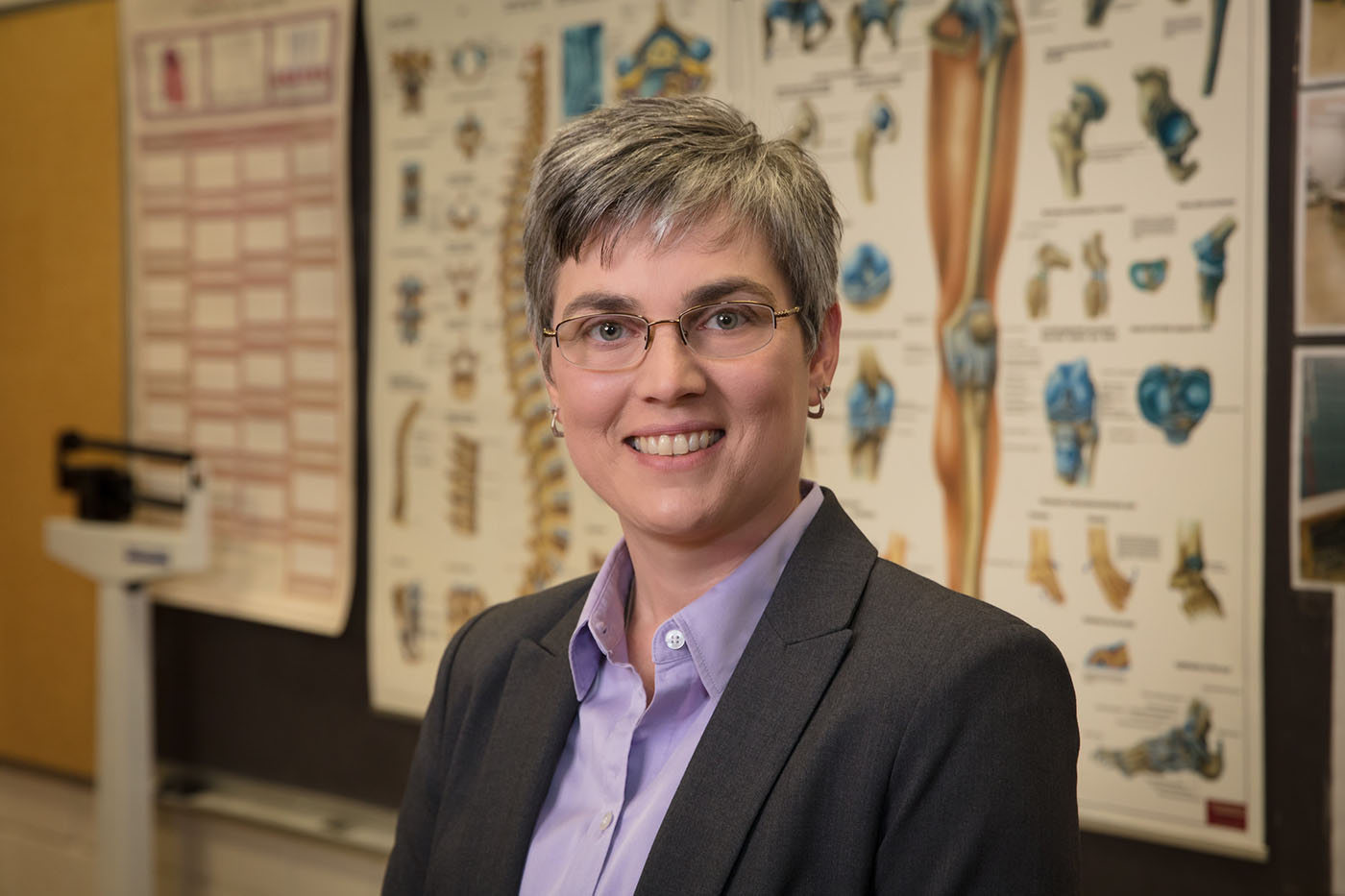
Gray has designed a couple of studies to study high velocity resistance training and its impact on muscular power. In her studies, she’s visited senior centers and retirement communities and implemented training for older adults.
“Through my work, I’ve found that you can improve muscular power and that does translate into improvements of physical function, or functional fitness,” she explains. “Functional fitness is the ability to perform your activities of daily living, and it’s dependent on muscular power. The older we get, the more important it is that we maintain muscular strength and muscular power.”
Improving the musculature around joints and bones also helps prevent falls – and the breaks that often result - which can often be detrimental to older adults.
“If we reduce the risk of a fall, we’re going to reduce the risk of breaking a bone,” Gray says. “That’s significant because 25% of all older adults who break a hip die within the next 12 months. And if they do survive, most of them will use some sort of device to help with walking, so quality of life goes down significantly.”
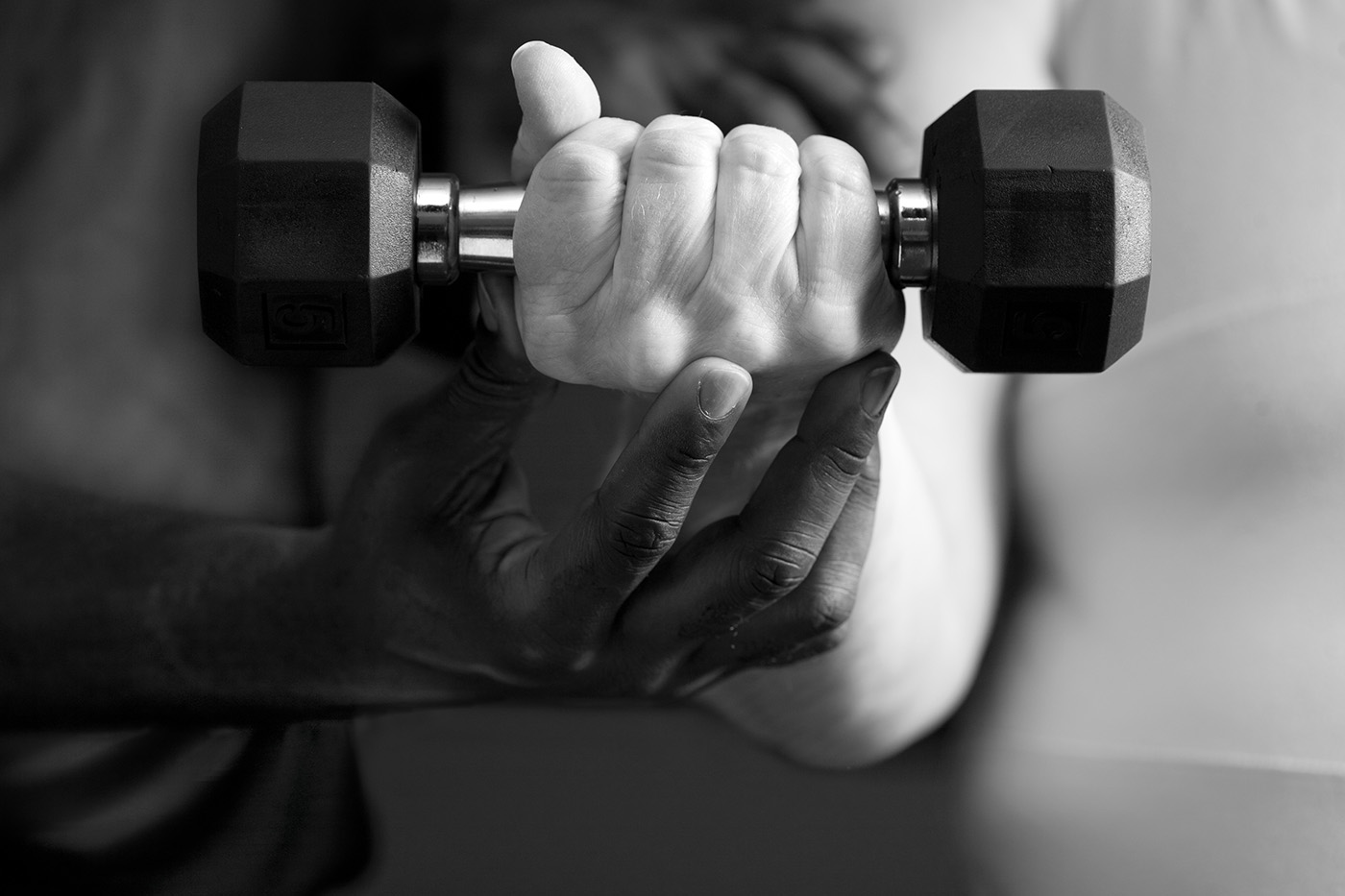
COGNITIVE STIMULATION
Gray’s second research focus on aging has to do with cognitive decline and testing cognition in adults as they get older. She points out that this can often be tricky, because sometimes we don’t notice cognitive decline in individuals until there’s severe cognitive impairment. Gray’s grandmother had Alzheimer’s disease, and Gray herself is a carrier of the gene. So, she has even more of an interest in researching cognitive status and avoiding that decline.
In one study, Gray examined whether there’s a way to decrease the risk of Alzheimer’s in a younger population.
She and her fellow researchers studied more than 200 individuals between the ages of 45 and 75 over two years, with one set of adults receiving educational training about proper diet, nutrition, physical activity and social and cognitive engagement and the other receiving feedback and direction from a health coach. They found that people who were not carriers for the Alzheimer’s gene saw a marginal improvement in cognition, and the adults who were carriers had no change over time.
The average age of a diagnosis of Alzheimer’s is about 71 or 72.
“This tells us that we can improve cognition even in people who had no cognitive impairment, regardless of which training they received,” she explains. “And the carriers who had no change over two years, well, that’s a good thing too.”
In addition to diet and physical activity, social and cognitive engagement are very important as well.
“You need to be doing something that engages your mind,” she says, noting that reading, board games, crossword puzzles and certain apps on your phone can all boost your cognitive engagement, especially if the mind is stimulated by more challenging levels or tasks over time.
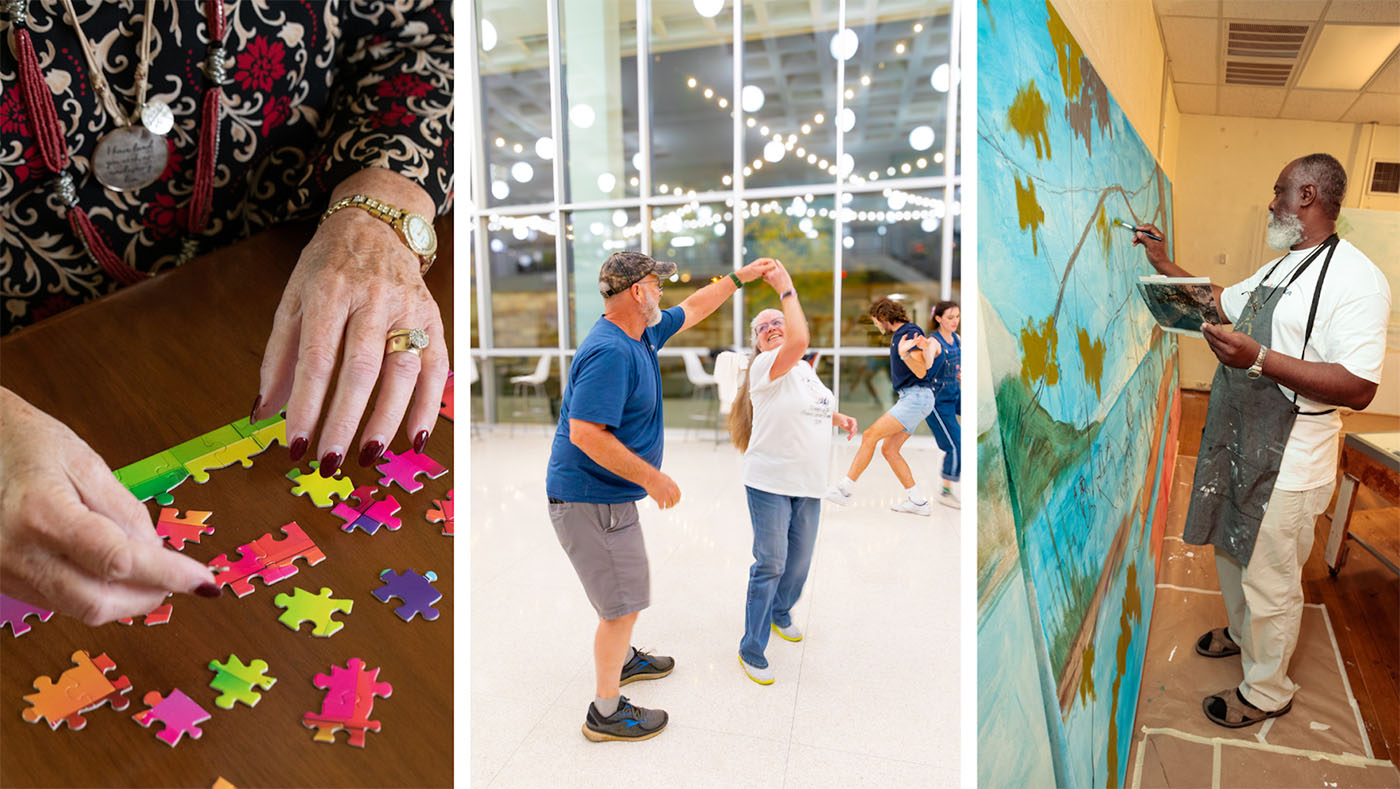
“The thing I recommend the most to older adults is to learn a new dance, because it couples the physical with the mental and the social,” she says.
GET MOVING
What’s one point of advice that both Gray and Murach offer to adults as they age? Get moving.
“Maintain the highest level of physical activity that is sustainable for you,” Murach says. “Engage in structured exercise that is something you enjoy. Maybe it’s running or biking or rowing or lifting. Or maybe it’s just being involved in team sports – things that are going to get your heart rate up and challenge your muscles. If you can maintain a high level of physical activity throughout your lifespan, you will be in a better place. And the best kind of exercises are the ones you enjoy, because they’re the ones you’re most likely to stick with and want to do.”

Fortunately, there are multiple ways to remain active.
As an exercise physiologist, Gray wholeheartedly agrees with this assessment.
“My bias is that exercise cures everything,” she says. “And although it doesn’t cure everything, we have to move. We have to do something that we enjoy. Do something physical every day for at least 30 minutes, and then eat the colors of the rainbow and everything else in moderation. Do you have a sweet tooth and you have to have that Reese’s peanut butter cup after dinner? Eat it. Just don’t eat the whole bag.”
The right combination of diet, exercise and cognitive stimulation will be different for every person, and the motivation for taking care of oneself will differ from person to person as well. “I’m not saying this is the Fountain of Youth and this is how you live to be 120, but this is how you have more healthful years for as long as you’re going to live,” Gray says. “And I think that’s why people take interest in what I’m researching.”
Michelle Gray offers tips to slow the physical and cognitive effects of aging in this Short Talks From the Hill podcast.